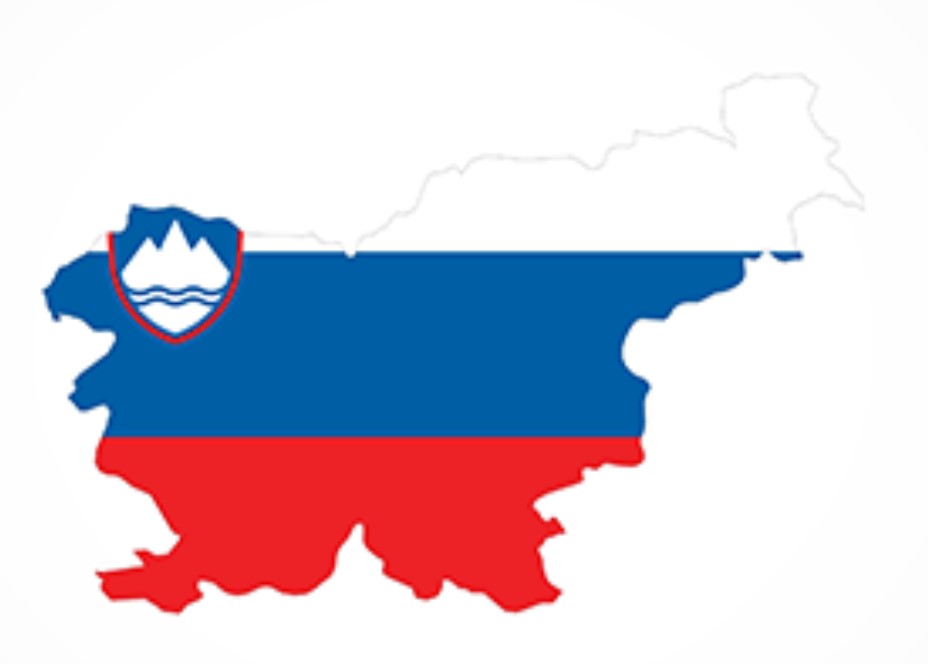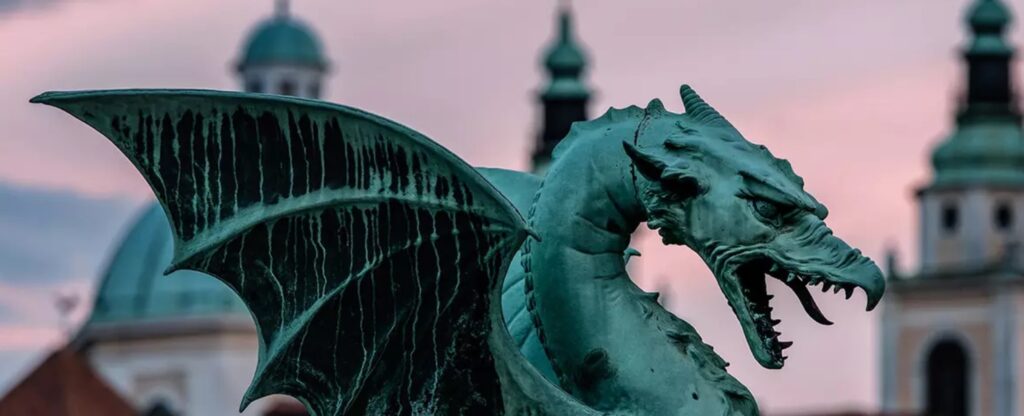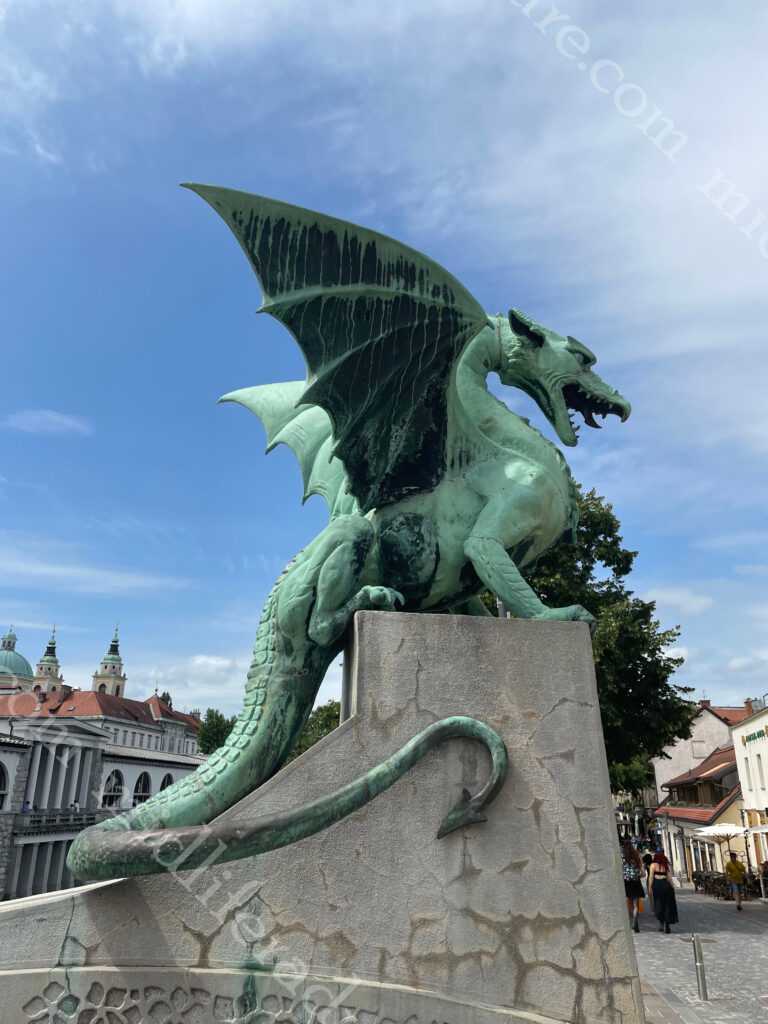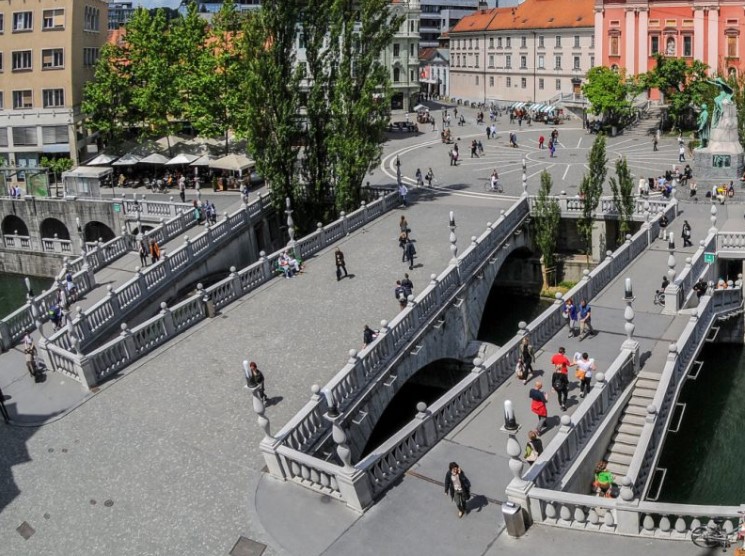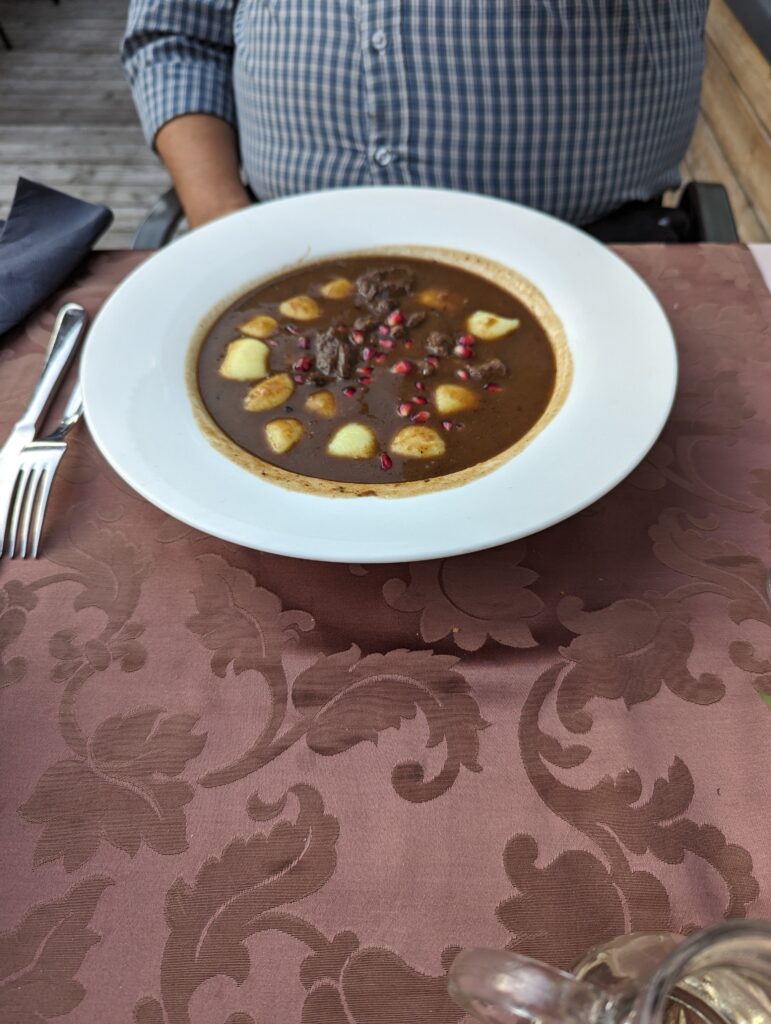Having arrived in Bali and caught up with the boy and his bride, they promptly abandoned us and flew off to Singapore (that work thing tends to get in the way). So with a ready place to use as our base, we dumped the big bags and started making plans to do some island hopping through some of the 17,500 islands in Indonesia.
The island of Flores
Our first port of call was on the western tip of the Island of Flores which is where you will find the town of Labuan Bajo. What was once just a small fishing site, has become the main gateway to the many exotic destinations in East Nusa Tenggara. The reality of this (and the whole reason we bothered) is that Labuan Bajo is the launching point to go and see the Komodo Dragons.

A quick one hour flight from Bali to the Komodo International Airport, which is on Labuan Bajo, as the actual island of Komodo is a national park. So Labuan Bajo serves as the gateway to get to both Komodo and Rinca Islands, where the dragons can be found.
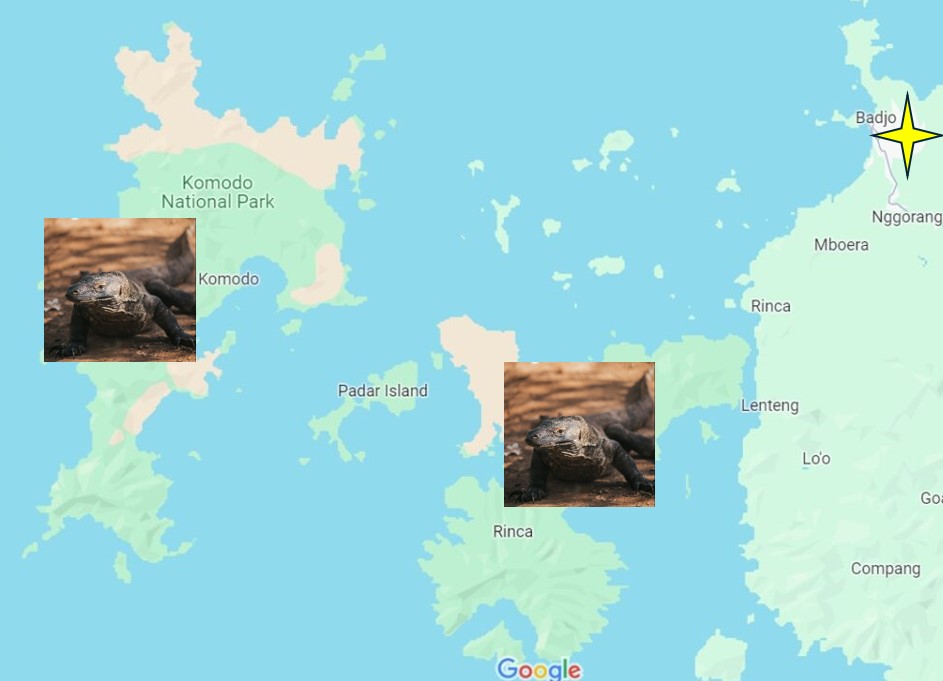
So we settled into our very nice accommodation, organised our full day adventure for the next day and prepped for what was sure to be a huge adventure.
Padar Island
Padar Island is a small island within the Komodo National Park, located between Komodo and Rinca islands. It is the island that did not have any of the Komodo Dragons but does have some pretty spectacular landscapes and an Instagram worthy lookout. While the dragons were suspected to be extinct on the island, recent surveys have found 12 of them on the island.
The island is rugged, with steep volcanic mountains and hills and four deep bays. These bays predominantly have white sand beaches however some have grey and pink sands. The reality of the stop here was for the Instagrammers to get their amazing landscape selfies.
But you had to work for it.
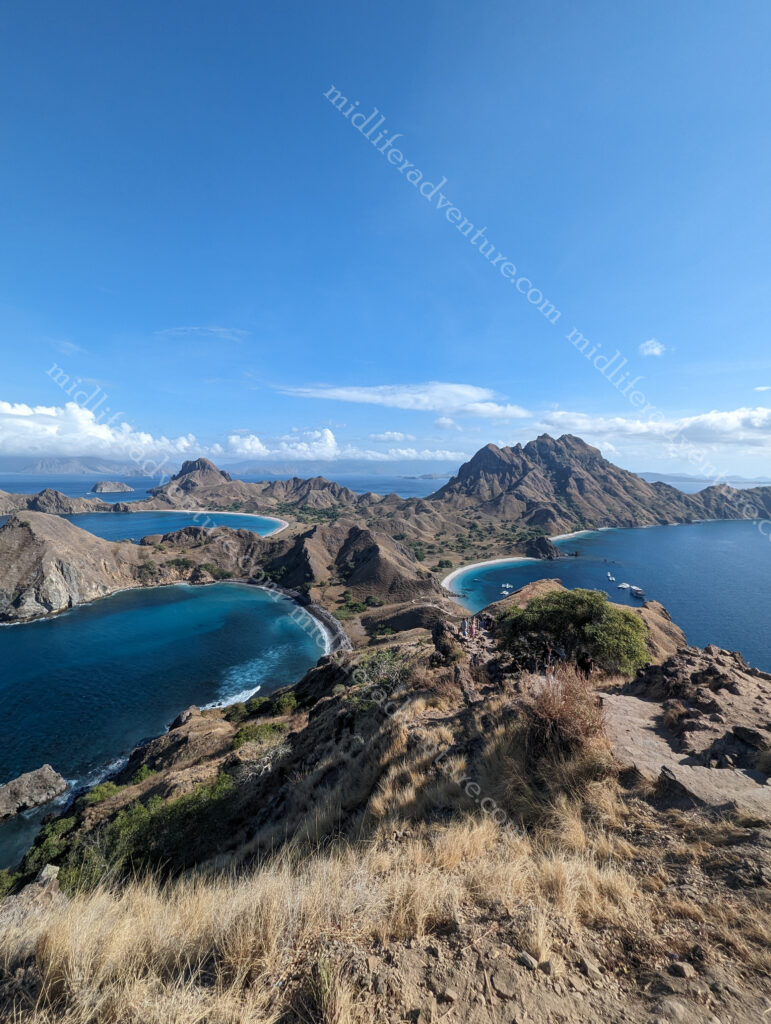
You get dropped off at sea level and pay your park entrance fee, from here it is all uphill for the magic photos. And it is seriously steep and has a ton of non-standard monster stairs that you need to climb to get to the top (where the amazing views were). I did the first few hundred stairs (up to photo point number 2) and looked at the rest and thought F this. So I sat in the sun (there is zero shade) and marvelled at my bride who willed herself (albeit slowly) up the remaining 500+ stairs to the top.





From up the top she got some amazing views of the island and the various bays and beaches. But then she had to come back down. It must be said, after the first 10 meters, there is nothing. No drinks, no shade, just stairs and lots of them. And they are dodgy as all get out. One step may be 10cm while the next will be 60cm and the next anywhere in between. This means that there is no pattern that you can get into and that every step is a lottery.
And coming down is even more of a challenge.
Having done the lookout Instagram thing, it was back on the boat where you could finally get a cold drink. And the cold drink that they handed us was Pocari Sweat.
This is a well known Japanese sports drink.
But neither Jill nor I were too keen to ingest something called sweat.
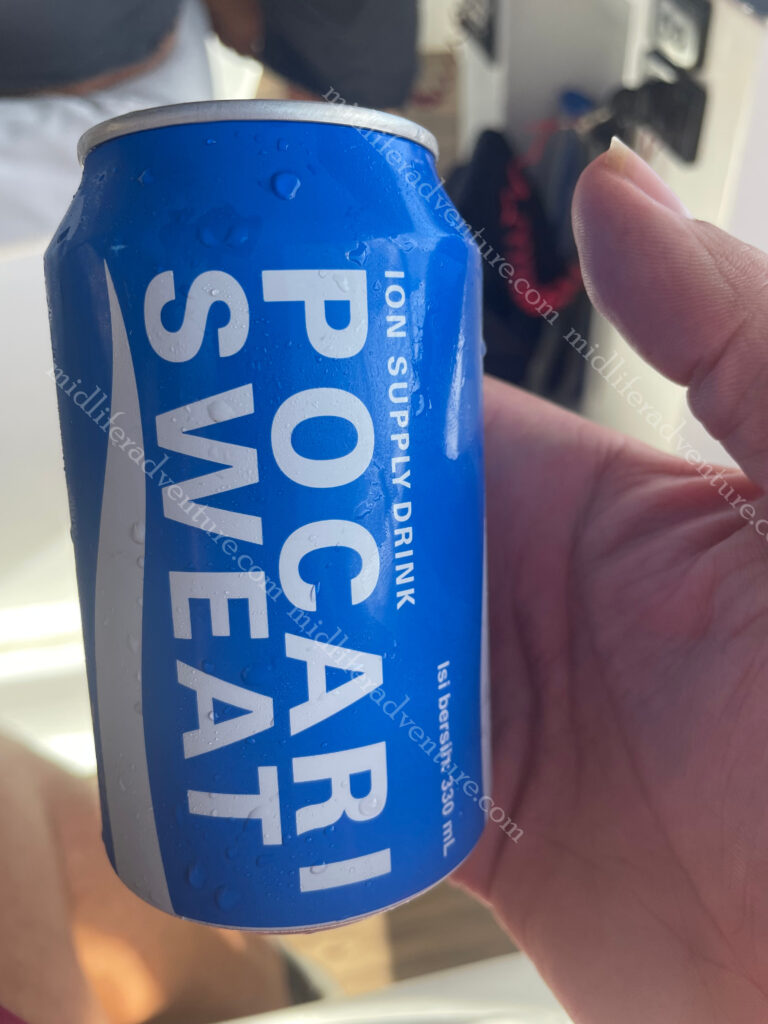
We had one and it tasted a bit lemony, but the name precluded us from having any more and we settled for water from then on. So on the boat, we bounced around the island to one of the bays (particularly one of the ones with pink sand) cleverly named Pink Beach.







And believe it or not, the sand is actually pink. Pink Beach gets its colour from the crushed shells of millions of microscopic bright pink sea creatures called foraminifera.
Komodo Island
Next stop was the main attraction, Komodo Island. This has an area of 291 square kilometres, and a human population of about 1,800.



Komodo Dragons (Varanus komodoensis) or Ora as they are locally called are survivors from the Jurassic period.
It is the largest species of lizard, growing to a maximum length of 3 m, and weighing up to 70 kg.
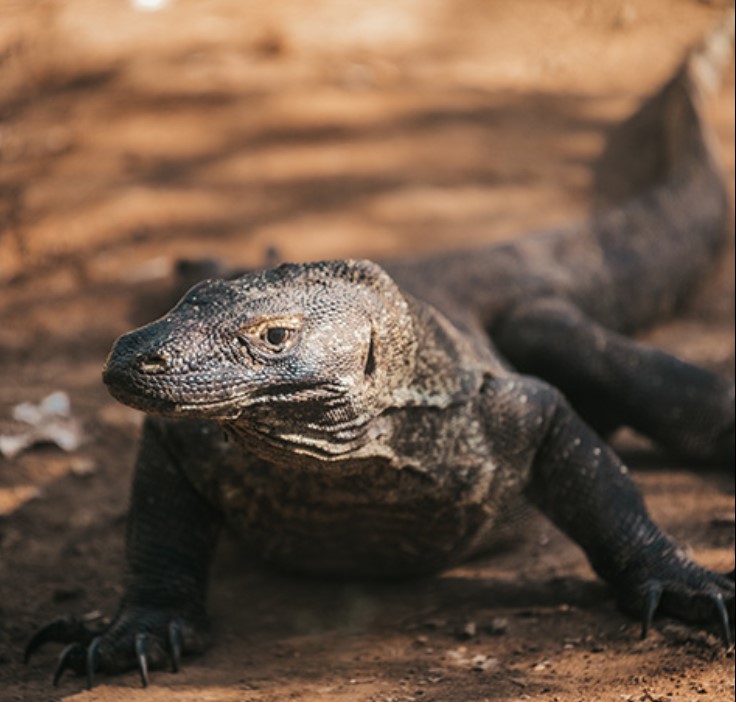
Seeing the Komodo dragon has been on my list of things to do since seeing an old James Bond movie (Skyfall I think). Being Australian, I have seen some big goanas and in Thailand we saw some almost 2 meter water monitor lizards, but the Komodo Dragon is the big dog in this fight.
And we got lucky.
We had heard stories that they tend to overfeed the big ones so that they stay about the main area to guarantee a sighting. But we had met people at our accommodation who had gone the day before and saw only little ones.
Our first encounter was a baby (about 30 cm long) that scuttled up a tree and impressed absolutely no one.
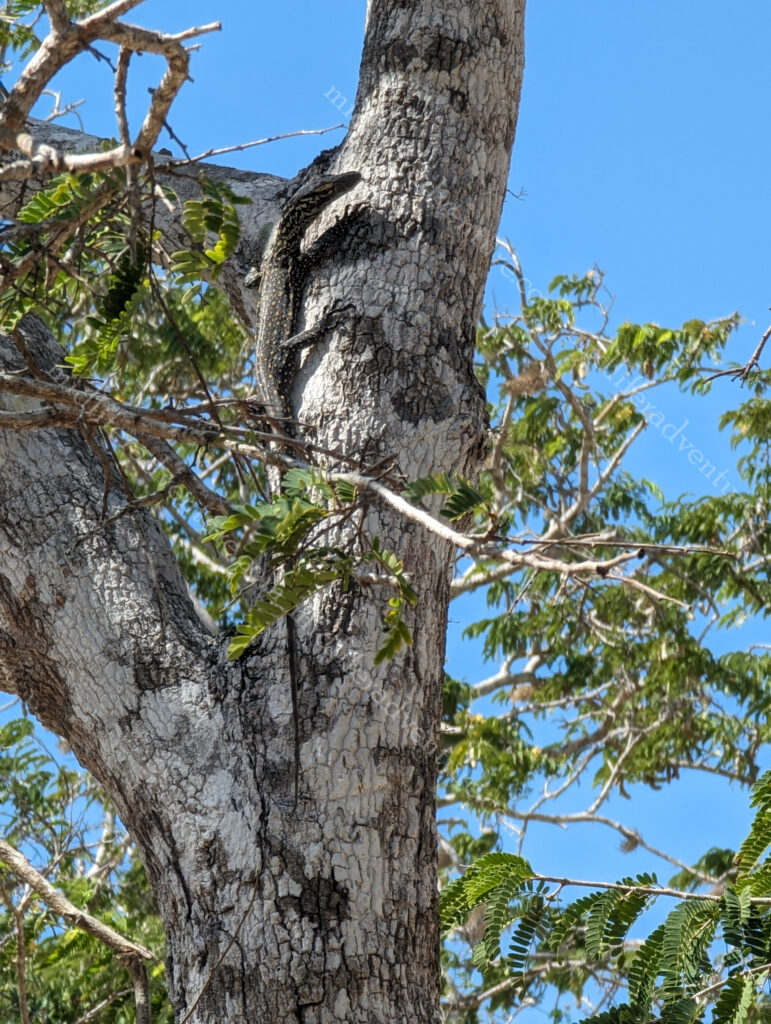
We then saw a juvenile one about 2 meters long under a tree by the beach and then we saw the big 3 meter monster. This one fit the bill of the overfeeding type. It was massive, but it was also in a food coma under a tree, virtually incapable of moving more than to raise its head and look about a bit.









And then we hit the real mother lode. A huge dragon (over 2.5 meters), that had not been overfed and incapable of movement. This was an adult dragon that was walking and stalking about, and that was (quite frankly) a terrifying sight to behold (exactly the experience that I was after). I really wanted to get a sense of just how imposing these bad boys would be to meet in the wild.
And this one certainly delivered this.
Once he settled down a bit, it was time for photos.
Being good guides, they are masters of getting the good photo and they know how to line it all up to look the most impressive.
So based upon that, I got my Instagram shot that looks like I am patting a huge lizard.
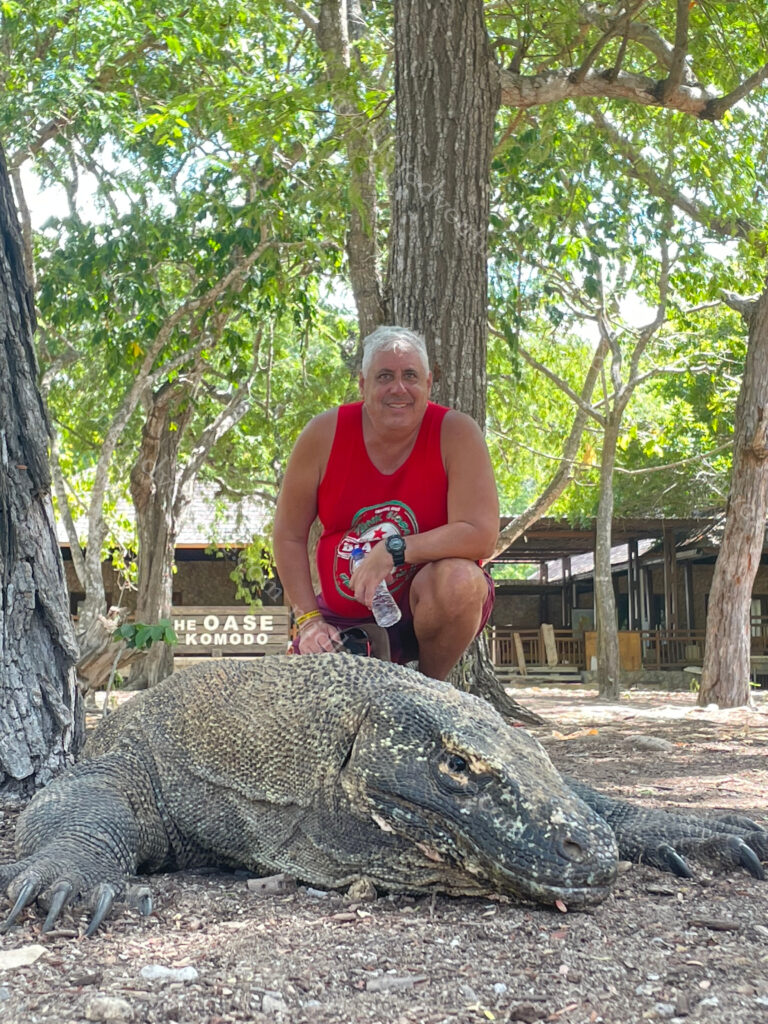
In reality I was at least 2 meters behind him with my hand raised as if I was petting him. Neither I nor the guides are stupid enough to actually pet (or let me pet) one of these monsters. But the photo looks good.






In checking them out I found out that their main food source is the Javan rusa. This meant nothing to me until I googled it and found it to be a full grown deer over 6 foot long and weighing around 160kgs. As it happened, we were also lucky enough to see about 6 of these as we trekked through the Komodo jungle.


While the majority of us in the group were amazed at actually seeing wild deer up close and personal, the American in the group was lamenting the fact that he did not have his gun to shoot these majestic animals. The dragons hunt and ambush prey individually but have also been known to hunt in packs when required. Their saliva contains both a poison and bacteria that lead to death.
So once a Komodo dragon bites a rusa (deer) it then follows it about for 3-4 days until it dies. If a human is bitten, you have 5 hours to get a fast boat to Labuan Bajo to get the antivenom (cos of course they don’t have any on the island where all the dragons are). If you miss the 5 hr window, you will lose that limb. You then have another 3 hours, and if you miss that, then there is no point in giving it to you as you will be dead in 3-4 days, just like the deer.
Taka Makasar
According to the blurb, the sensation of enjoying a tourist destination in Komodo National Park will not feel complete if you don’t stop at Taka Makassar, a piece of a lost island that appears there. This island is the size of a football field in Komodo National Park will only be visible at low tide.
When the sea water recedes, the island appears in the form of a stretch of white sand surrounded by blue sea.


So our boat (along with every other damn boat) stopped there so that we could be buffeted by waves to walk on a sand bank and then do the whole lot in reverse.
Kanawa Island
The island of Kanawa is only 15 km from Labuan Bajo and is renowned for being fringed with coral reefs teeming with colorful fish all around. The turquoise water is calm and clear making it the perfect swimming and snorkeling stop on our island hopping tour.
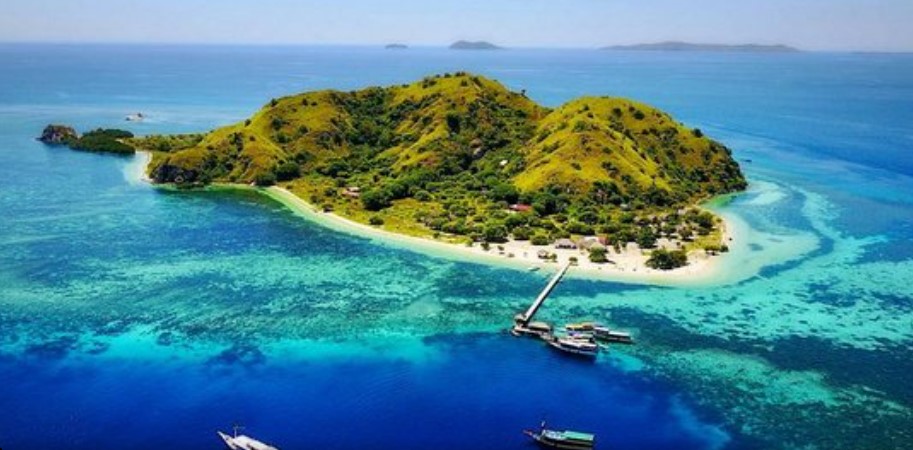
The island itself covers only 32 hectares with two bulging hills offering fantastic panoramic views. There is nothing really to do on the island, except to take in everything that the water has to offer.
Sadly the coral was flogged. Tons of clumsy tourists stomping all over everything has pretty much made this a dud stop. The island is pretty and the water is clear, there are still some fish about, but as a snorkelling destination, most people passed.
Day over and we were back at Labuan Bajo for some well earned rest.
